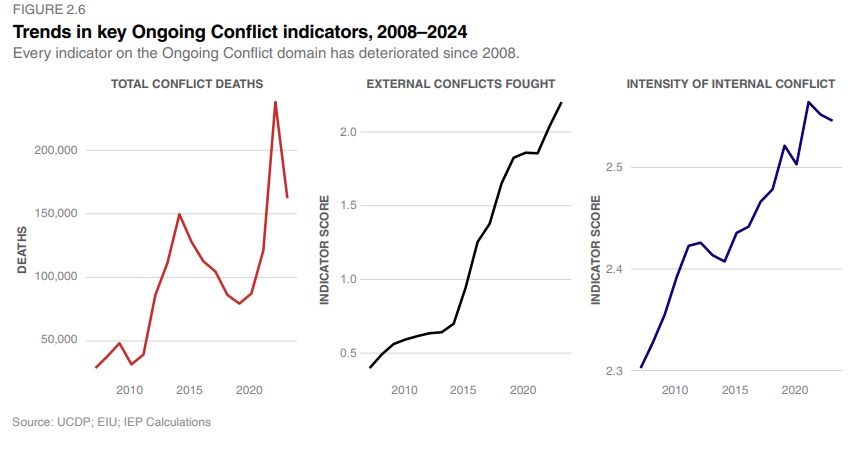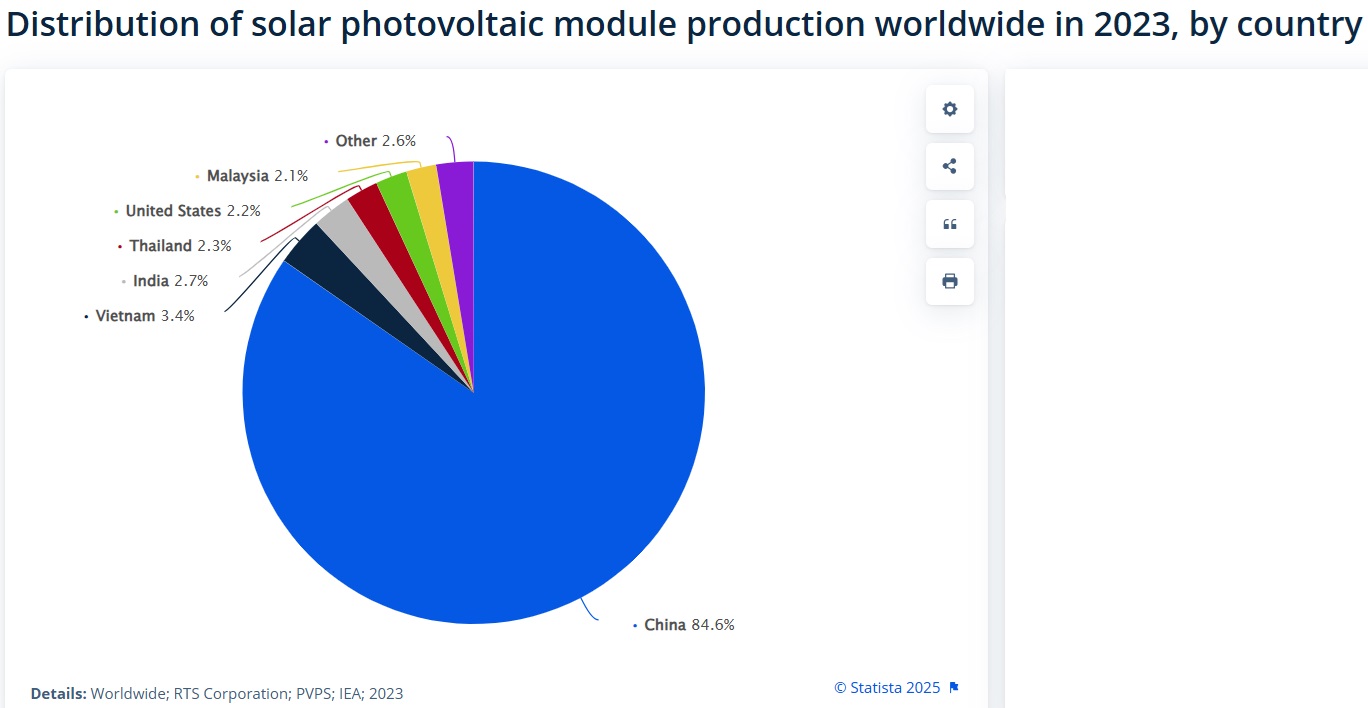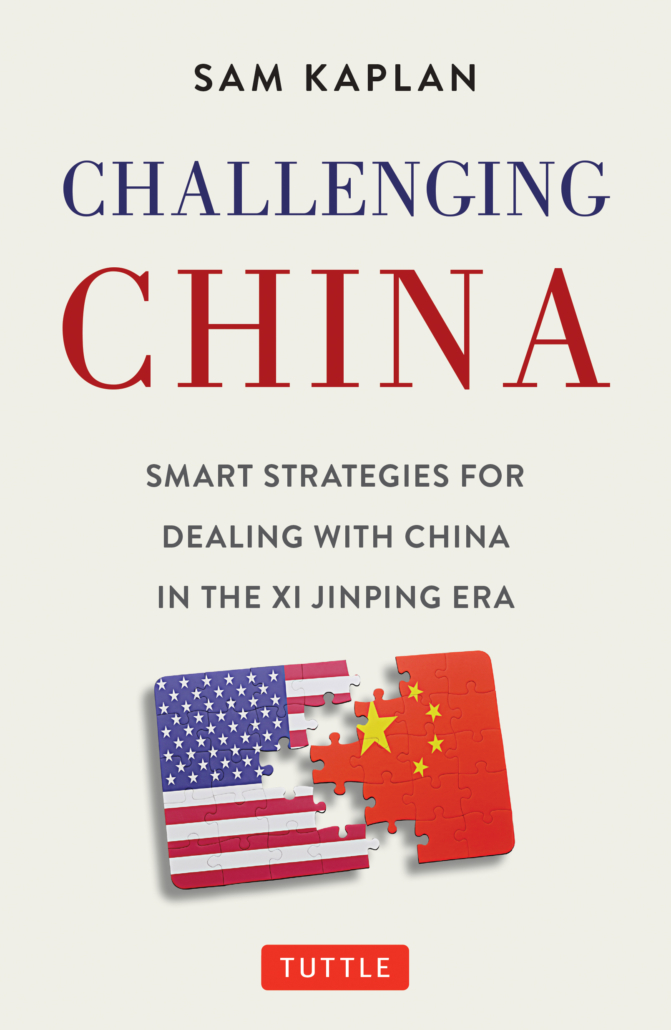It’s a minor annoyance in our list of grievances about the January 6 attack on American democracy. But annoyed we were as we put up our Mardi Gras decorations that instead of purely thinking about the beginning of Carnival season, which begins that day, thoughts of the insurrection drifted into our mind. Wait, you are probably thinking: You decorated your house with lights and a Mardi Gras sign? Yes, although we neither live in nor are from New Orleans, the city has so infused our soul that even living in the dark Pacific Northwest, we try to conjure the Carnival spirit. We ordered King Cake from Gambino’s to be delivered on the weekend before Fat Tuesday and we switched on the lights on our porch and hung the Mardi Gras sign. Doing so is, of course, especially poignant this year in light of the attack by a crazed Texan on Bourbon Street New Year’s Eve. We referenced last week we were angered not only by the attack but also by the reaction to the attack. Certainly, Trump’s lies about the attacker being an immigrant were infuriating, but we are also displeased with the many calls to institute new security rules in light of the attack.
We understand the craving for safety, but some were proposing Mardi Gras was no longer possible, or at the least needs to be radically changed to protect against terrorists. As we have experienced ourselves, Mardi Gras is primarily a family event, celebrated in the neighborhoods of the city. You probably have Bourbon Street and its nonsense stuck in your head when thinking of Mardi Gras but the reality is Moms and Dads, children, grandparents, generations participating in hand-me-down traditions. Mardi Gras should not be militarized, as so many events and traditions have been in America the last few decades. Nor should other New Orleans experiences, of which there are many, including French Quarter Festival and Jazz Fest. Catastrophe is always right around the corner in our world. Better to party in its presence than cower in the shadows of its finality. And so we look for a Pimm’s Cup and listen for the sound of a coronet while fretting over more children at risk from war, examining who leads the solar race and noting China arming the Houthis. It’s this week’s International Need to Know, the Krewe of international information, the second line of global data.
Without further ado, here’s what you need to know.
A Bell Bottomed World
Like the aspirations of bell bottom pants and knit ties, war is unfortunately, back in style. By their nature, wars are destructive and place more children at risk. According to UNICEF, “More children than ever are estimated to be either living in conflict zones or forcibly displaced due to conflict and violence.” The report goes on to state that one in six children in the world today live in areas affected by conflict. In the post-cold war period, the world was relatively quiet war-wise. However, the world is now experiencing a significant surge in conflicts, including Russia’s invasion of Ukraine, the devastation in Gaza, the corridor of conflict spanning the Sahel and the Horn of Africa, and numerous other regions. In fact, the Global Peace Index says there are 56 conflicts in the world today, the most since World War II, which is at least 55 too many. Interestingly, despite the surge in conflicts, deaths from warfare decreased last year. As we noted last week, Russia’s war with Ukraine is increasingly global in nature. Noah Smith has a good piece this week about the increasing threat of war and how major countries might be more involved in the future. We live in dangerous times with not particularly enlightened leadership in many countries around the world, all of which is exacerbated by the old rules-based-international order breaking down. To top it off, we expect more countries to develop nuclear weapons due to the change in the global order and U.S. leadership disappearing. Will that make the world more or less conflict prone?
Who Loves The Sun?
The Solar Energy Industries Association brings good news about U.S. solar panel manufacturing: the United States has risen from 14th place in 2017 to third today. It passed Thailand, Vietnam and Turkey, among other countries. Number Three? Wow. That’s good, right? The U.S. is only behind China and Malaysia. But, um, look at the chart below from 2023. Yes, the U.S has made great progress and is now third in the world…making 3.2 percent of the world’s solar panels, up from 2.2 percent. But, China, that big, huge slab of blue, which in 2023 made 84 percent of the world’s solar panels, still makes over 70 percent today. That blue slab in an updated chart would still represent a large sea flooding the world. So great progress has been made by America to build up its solar panel manufacturing capability over the last few years. But China is still by far the most powerful maker of solar panels. There is a long way to go to diversify the sources for these panels.
China Corner: Houthi and the Blowfish
In our book, Challenging China, we imagined what would replace the old rules-based order the United States helped to install as China gains more power. We asserted “We will revert to a pre-World War I era of Great Game geopolitics, in which instability and the threat of war continually looms.” Welcome to 2025. The future has arrived. Various media outlets and organizations report that ‘U.S. intelligence’ believes China has been arming Yemen’s Houthi rebels. This is not about China taking one side in the Yemen civil war. Instead it’s about China protecting its own shipping while leaving other countries’ supply chains vulnerable. As you may remember, the Houthis have been attacking shipping in the Red Sea. Since November 2023, there have been over 100 reported attacks on merchant vessels in the Red Sea and Gulf of Aden. But with the exception of one attack on a Chinese oil tanker, which apparently was a mistake, Chinese ships are left alone. Dozens of countries ships have been attacked, including those from the United States, Britain, Turkey, Qatar and many others. The Great Game has begun, albeit with different players and goals, but with similar downsides and casualties.




